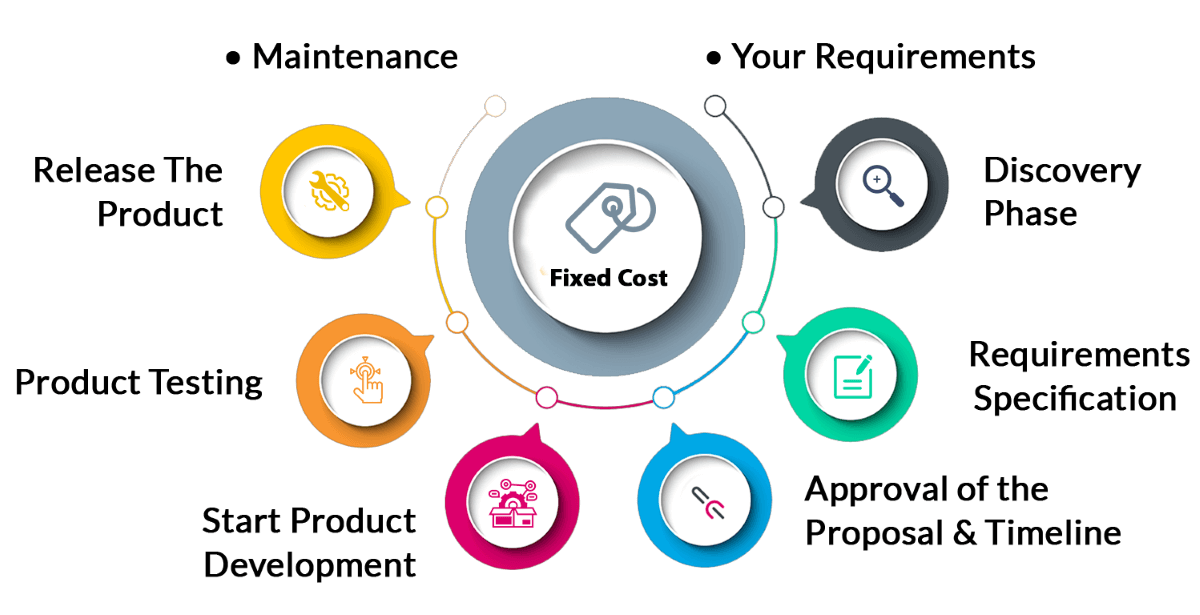- contact@powergateaustralia.com
- Mon - Fri: 9.00 am - 6.00 pm
We are creative, ambitious and ready for challenges! Contact Us

In this model, we offer to execute a software project at a fixed price. When the project specifications are well-defined in terms of their requirements, schedule, and project’s milestones, it is possible to leverage this working model. With the client ideally having a clear SRS (Software Requirement Specifications) document and any other necessary technical requirements, we can take on their projects with a set price proposal and provide high-caliber work on schedule.
An occasional change in scope during the development period of a fixed-price project may necessitate additional work. In such cases, it is possible to update the fixed pricing in accordance with the updated project scope or carry on with the development of the project while incorporating modification requests.


There will undoubtedly be concerns wherever you decide to make your product idea becomes reality. How do you start the process of developing a product? Whom should you collaborate with? What will the price be?
Which form of software contract you should choose when dealing with a development company is one of the trickiest issues to answer.
Team (T&M) and Fixed-Price are the two main pricing models used in the product development sector. Therefore, to assist you in making a decision, we have outlined all the essential components and have used concrete examples to show the benefits of each price model.
For a fixed-price project, the service provider creates a project quotation outlining the whole scope of work, together with the price and delivery schedule. This is what was traditionally called waterfall project approach, where each stage is carried out after the preceding one has been completed, naturally fits with the fixed-price contract. As the project progresses, you make installment payments for the cost, with the payment schedule often being determined by the project’s duration and milestones.
You will know the exact price you’ll have to pay after the project cost is specified in the contract, and you cannot unnecessarily be overcharged by the software provider. This contract model almost guarantees the elimination of going over budget.
The development team can better predict the project’s timeline with a final scope and list of features. They can develop a clear plan and set firm deadlines based on it.
At any time throughout the project, you will be aware of which features will be put into practice. Additionally, you’ll be able to detect any delivery delays.
You can delegate project management duties to the developer team now that all the project specifics have been established. You don’t have to constantly watch over things, so you can limit how much you participate.
Many customers prefer fixed-price contracts because they believe that knowing all the terms up front will benefit them greatly. However, in actuality, this kind of cooperative model might have more drawbacks than advantages. Not only does it forbid flexibility and make it impossible for a client to alter the conditions after the contract is signed, but an unjust price may also lead to overcharging or poor quality. In the modern world, a fixed-price model is essentially not the ideal option for software development due to the extensive planning process, inefficient teamwork, and costly maintenance.
Level 11/580 Collins St, Melbourne VIC 3000, Australia
contact@powergateaustralia.com
(+61) 414 231 356
